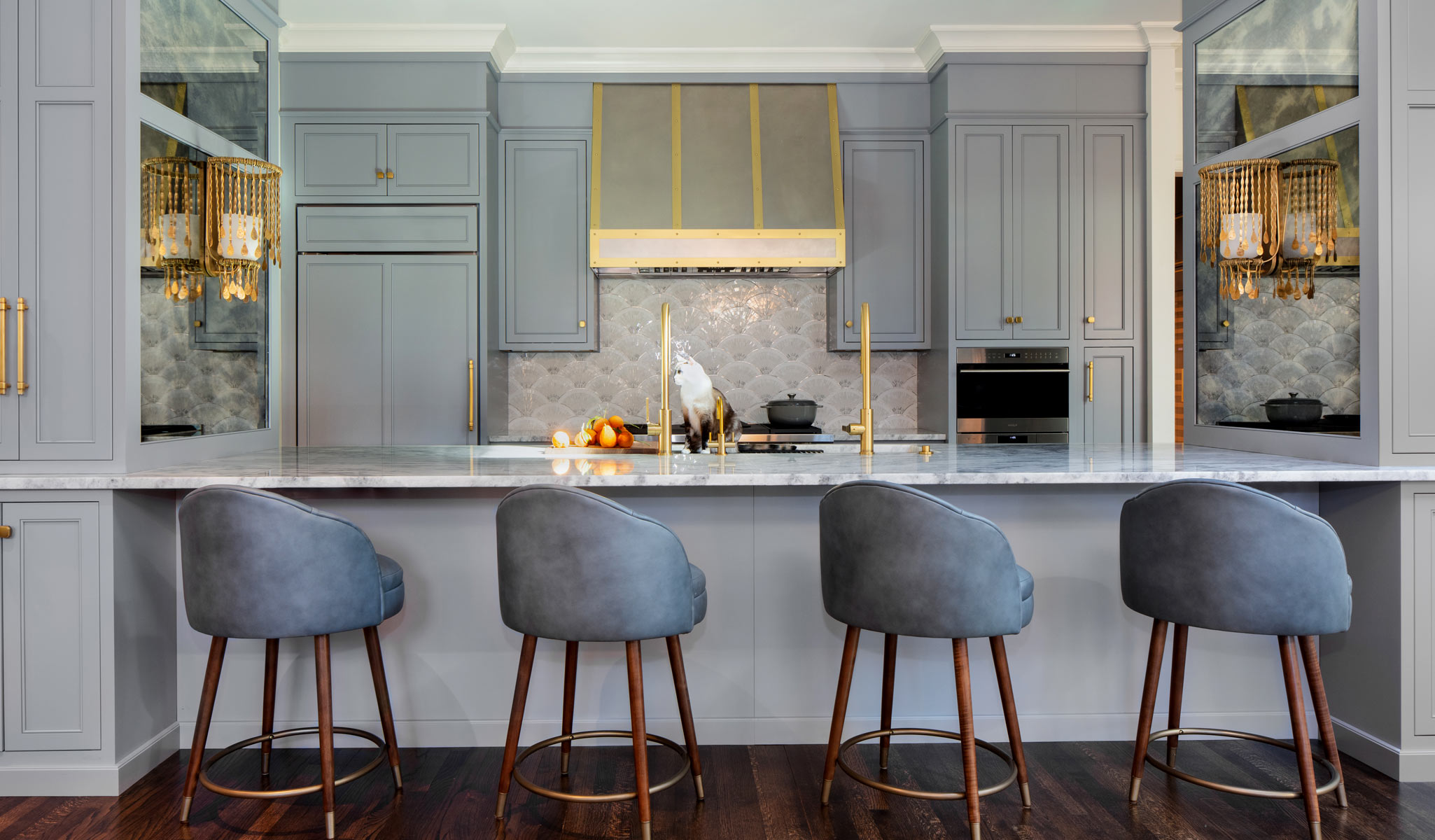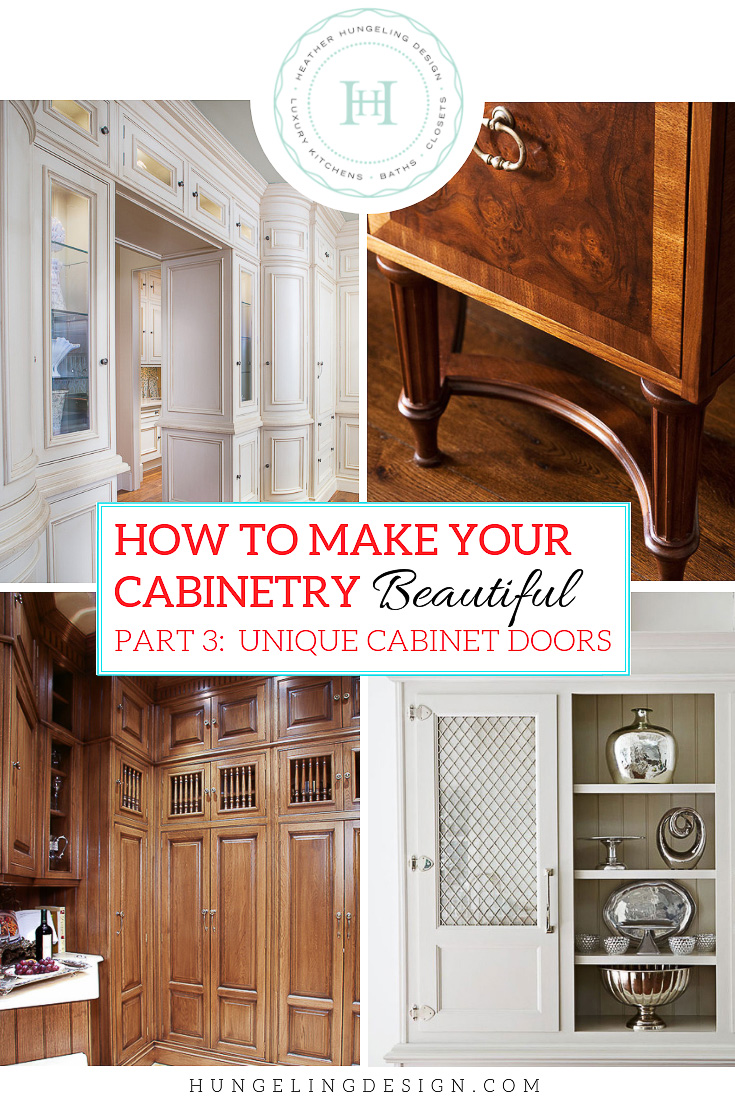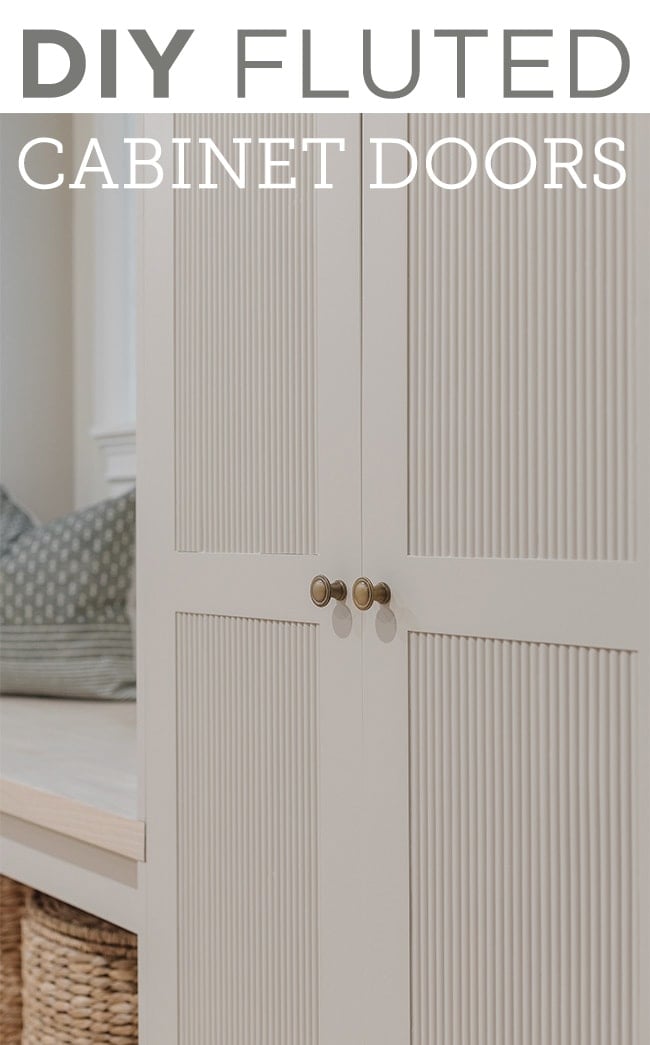All Categories
Featured
The appropriate option of materials can significantly affect your entrance's aesthetics, sturdiness, and performance. Here's an overview to choosing the finest materials for your customized access gateway.
Wood gateways show heat and all-natural elegance, making them a preferred option for typical and rustic layouts.
Pros:
Visual Charm: Uses a traditional, sophisticated appearance that matches a range of building styles.
Adjustable: Can be stained, repainted, or carved to achieve a distinct layout.
Eco-Friendly: Sustainable choices like recovered timber lower environmental influence.
Cons:
Maintenance: Needs normal securing or staining to shield against weather and bugs.
Toughness: May warp, fracture, or rot gradually without proper care.
![]()
Metal entrances are commemorated for their sturdiness and capability to fit complex styles.
Pros:
Toughness: Resistant to tear and put on, making it perfect for high-traffic locations.
![]()
Design Adaptability: Ideal for both standard functioned iron styles and modern, sleek designs.
Reduced Maintenance: Needs minimal upkeep with proper finishes to avoid corrosion.
Cons:
Cost: Top notch steels like wrought iron or stainless steel can be expensive.
Warmth Retention: May become hot to the touch in direct sunlight.
Light weight aluminum is an economical option to much heavier steels, supplying a modern-day appearance with reduced maintenance.
Pros:
Corrosion-Resistant: Perfect for areas with high moisture or coastal climates.
Lightweight: Easier to install and operate compared to various other steels.
Budget-friendly: Offers a streamlined appearance at a reduced expense.
![]()
Cons:
Strength: Less sturdy than heavier metals like steel or iron.
Restricted Personalization: Not as flexible for detailed styles.
Plastic entrances are recognized for their price and simplicity of maintenance, making them a useful choice for lots of homeowners.
Pros:
Low Maintenance: Immune to weather, pests, and UV rays.
Economical: Economical upfront and gradually because of marginal maintenance.
Selection: Available in a variety of shades and styles.
Cons:
Longevity: Much less sturdy than wood or metal and can break in extreme temperature levels.
Look: Lacks the all-natural appearance of wood or the sophistication of steel.
Compound gates integrate timber fibers with plastic or resin to create a durable and eye-catching option.
Pros:
Sturdiness: Resistant to rot, warping, and insects.
Low Upkeep: Doesn't require paint or staining.
Eco-Friendly: Commonly made from recycled products.
Disadvantages:
Price: Much more expensive than standard wood or plastic.
Appearance: May do not have the authenticity of natural timber.
When Choosing Products,Key Factors To Consider.
Climate: Consider how the product will perform in your local weather. Steel is excellent for longevity, while plastic works well in humid settings.
Maintenance: Select a material that fits your way of living and desire to keep it with time.
Design: Make certain the product lines up with your home's architectural layout and individual taste.
Spending Plan: Aspect in both upfront expenses and long-term expenditures for upkeep and repairs.
Final Ideas
Picking the best product for your customized entry gate is a crucial action in developing a practical and visually appealing entryway to your property. Whether you focus on the timeless beauty of timber, the stamina of metal, or the functionality of vinyl, there's a material to match your requirements. By stabilizing looks, durability, and cost, you can make a customized gateway that enhances your home's curb appeal while standing the examination of time.
- Timber: Timeless Beauty
Wood gateways show heat and all-natural elegance, making them a preferred option for typical and rustic layouts.
Pros:
Visual Charm: Uses a traditional, sophisticated appearance that matches a range of building styles.
Adjustable: Can be stained, repainted, or carved to achieve a distinct layout.
Eco-Friendly: Sustainable choices like recovered timber lower environmental influence.
Cons:
Maintenance: Needs normal securing or staining to shield against weather and bugs.
Toughness: May warp, fracture, or rot gradually without proper care.
- Metal: Toughness and Flexibility

Metal entrances are commemorated for their sturdiness and capability to fit complex styles.
Pros:
Toughness: Resistant to tear and put on, making it perfect for high-traffic locations.

Design Adaptability: Ideal for both standard functioned iron styles and modern, sleek designs.
Reduced Maintenance: Needs minimal upkeep with proper finishes to avoid corrosion.
Cons:
Cost: Top notch steels like wrought iron or stainless steel can be expensive.
Warmth Retention: May become hot to the touch in direct sunlight.
- Aluminum: Lightweight and Inexpensive
Light weight aluminum is an economical option to much heavier steels, supplying a modern-day appearance with reduced maintenance.
Pros:
Corrosion-Resistant: Perfect for areas with high moisture or coastal climates.
Lightweight: Easier to install and operate compared to various other steels.
Budget-friendly: Offers a streamlined appearance at a reduced expense.

Cons:
Strength: Less sturdy than heavier metals like steel or iron.
Restricted Personalization: Not as flexible for detailed styles.
- Vinyl: Practical and Budget-Friendly
Plastic entrances are recognized for their price and simplicity of maintenance, making them a useful choice for lots of homeowners.
Pros:
Low Maintenance: Immune to weather, pests, and UV rays.
Economical: Economical upfront and gradually because of marginal maintenance.
Selection: Available in a variety of shades and styles.
Cons:
Longevity: Much less sturdy than wood or metal and can break in extreme temperature levels.
Look: Lacks the all-natural appearance of wood or the sophistication of steel.
- Composite Products: The Ideal of Both Worlds
Compound gates integrate timber fibers with plastic or resin to create a durable and eye-catching option.
Pros:
Sturdiness: Resistant to rot, warping, and insects.
Low Upkeep: Doesn't require paint or staining.
Eco-Friendly: Commonly made from recycled products.
Disadvantages:
Price: Much more expensive than standard wood or plastic.
Appearance: May do not have the authenticity of natural timber.
When Choosing Products,Key Factors To Consider.
Climate: Consider how the product will perform in your local weather. Steel is excellent for longevity, while plastic works well in humid settings.
Maintenance: Select a material that fits your way of living and desire to keep it with time.
Design: Make certain the product lines up with your home's architectural layout and individual taste.
Spending Plan: Aspect in both upfront expenses and long-term expenditures for upkeep and repairs.
Final Ideas
Picking the best product for your customized entry gate is a crucial action in developing a practical and visually appealing entryway to your property. Whether you focus on the timeless beauty of timber, the stamina of metal, or the functionality of vinyl, there's a material to match your requirements. By stabilizing looks, durability, and cost, you can make a customized gateway that enhances your home's curb appeal while standing the examination of time.
Latest Posts
Building a Solid Financial Future with WyHy
Published Apr 19, 25
1 min read
Full Circle Strategic Marketing - Modern Website Design That Drives Conversions
Published Apr 19, 25
2 min read
Ornamental Iron Fencing: Beauty and Stamina
Published Apr 19, 25
1 min read